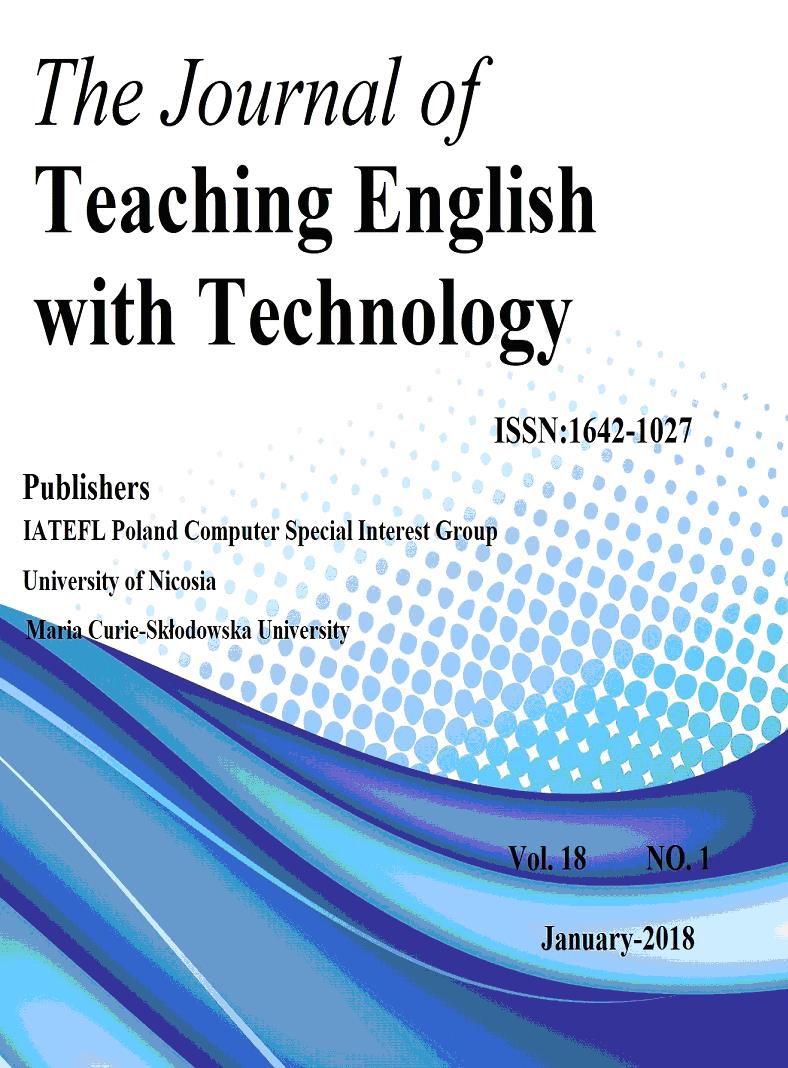COLLABORATIVE ACADEMIC PROJECTS ON SOCIAL NETWORK SITES TO SOCIALIZE EAP STUDENTS INTO ACADEMIC COMMUNITIES OF PRACTICE
COLLABORATIVE ACADEMIC PROJECTS ON SOCIAL NETWORK SITES TO SOCIALIZE EAP STUDENTS INTO ACADEMIC COMMUNITIES OF PRACTICE
Author(s): Reza DashtestaniSubject(s): Foreign languages learning
Published by: IATEFL Poland Computer Special Interest Group and The University of Nicosia
Keywords: collaborative learning; social network sites; English for Academic Purposes
Summary/Abstract: Learning English for academic purposes (EAP) can help university students promote their academic literacy through socializing them into academic communities of practice. This study examined the impact of the use of collaborative projects on three social network sites on EAP students’ attitudes towards EAP and academic content learning. Three groups of students from three disciplines, i.e. engineering (n = 54), social sciences (n = 57), and basic sciences (n = 62) participated in the study. The students participated in collaborative projects on three social network sites, i.e. Facebook, LinkedIn, and ResearchGate, for a period of four months with the help of their teachers. Questionnaires and semi-structured interviews were utilized as the instruments of the study. The results suggested that the students from the three disciplines had positive attitudes towards carrying out collaborative projects on three social network sites. No significant difference was identified regarding students’ attitudes. The perceived benefits of the project work included opportunities for having international communication, learning academic vocabulary, peer collaboration, teacher support, and opportunities for improving academic English and academic literacy. The study further explored students’ attitudes towards factors which affected students’ project work and the limitations of the use of collaborative projects on three social network sites. The students showed a preference for using Facebook; however they did not agree on their interest in the use of ResearchGate and LinkedIn. The findings can have implications for integrating the three social network sites in EAP instruction.
Journal: Teaching English with Technology
- Issue Year: 18/2018
- Issue No: 2
- Page Range: 3-20
- Page Count: 18
- Language: English

